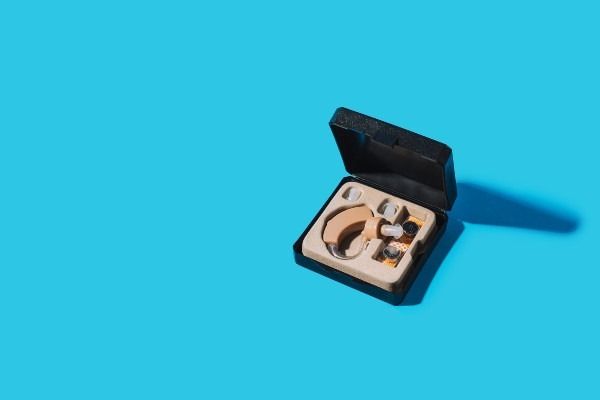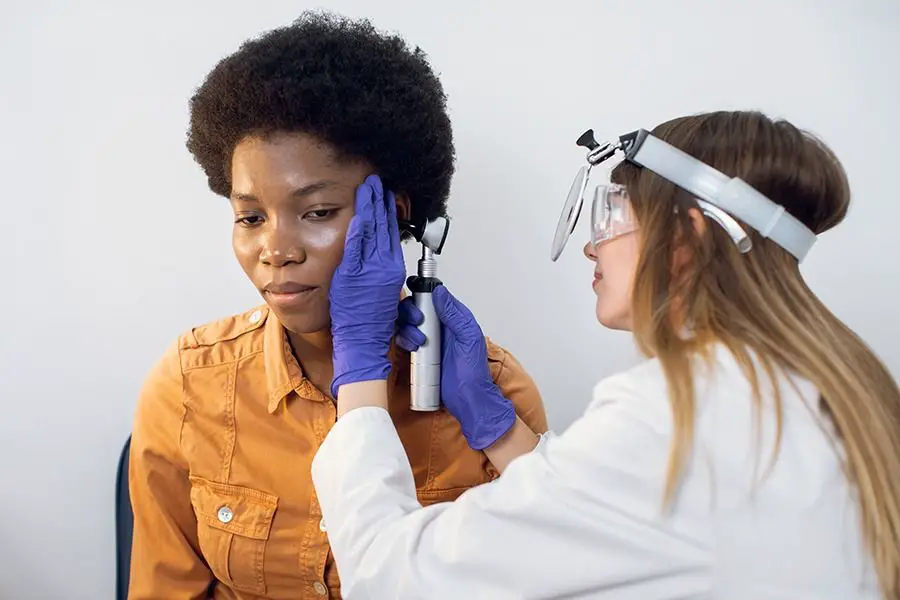Introduction
Mixed hearing loss (MHL) combines elements of both sensorineural and conductive hearing loss, presenting a unique set of challenges for those affected. This comprehensive guide aims to provide an in-depth understanding of MHL, exploring its impact on individuals’ lives, the scientific understanding of the condition, and the specific context of MHL in Australia. It also delves into workplace adaptations and offers practical advice for managing the condition.
Understanding MHL is crucial for effective management and improving the quality of life for those affected. This condition not only impacts hearing but also affects communication, emotional well-being, and daily functioning. Through this guide, we aim to provide a thorough understanding of MHL, from its medical aspects to practical tips for daily living, with a special focus on workplace adaptation in the Australian context.
The guide also focuses on providing intermediate-level information about MHL, bridging the gap between basic knowledge and advanced medical information. With the right knowledge and resources, people with MHL can lead fulfilling lives. This guide serves as an essential resource for individuals with MHL, their caregivers, healthcare professionals, and anyone interested in understanding this complex condition.
AMZ-Lexie Lumen Self-Fitting OTC Hearing Aids
Experience the Ultimate Sound Quality with Lexie Lumen self-fitting OTC hearing aids. These remarkable devices utilize dual microphones to deliver crystal clear sound, immersing you in a world of auditory excellence. Say goodbye to communication struggles in public spaces or on phone calls, as our Telecoil functionality directs speech directly to your hearing aids via an induction loop system. Rediscover the joy of hearing with unmatched clarity and precision.
Embrace an Active Lifestyle with Lexie Lumen hearing aids. Our cutting-edge sweatproof technology, including Nano coating, safeguards against moisture damage, allowing you to wear your hearing aids during outdoor activities like walks, runs, and open-air events. With Lexie, you can live life to the fullest without compromising on the quality or lifespan of your devices. Don’t let hearing loss hold you back—experience the freedom of superior hearing with Lexie Lumen self-fitting OTC hearing aids.
The Science Behind Mixed Hearing Loss
Mixed hearing loss combines the characteristics of both sensorineural and conductive hearing loss, making it a particularly challenging condition to understand and treat. It occurs when there is damage to both the inner ear or auditory nerve and the outer or middle ear. This dual impairment can result from a variety of causes, including genetic factors, aging, exposure to loud noise, and certain medical conditions.
Symptoms of MHL can vary widely but often include difficulty hearing in noisy environments, a feeling of fullness in the ears, and tinnitus. These symptoms can significantly impact communication and quality of life. Diagnosing MHL typically involves a series of audiological tests to assess the nature and extent of hearing loss.
Treatment for MHL is multifaceted and may include medical interventions, hearing aids, or surgical procedures. The choice of treatment depends on the severity and specific characteristics of the hearing loss. Recent advancements in hearing technology have significantly improved the options available for individuals with MHL, offering more effective and personalized solutions.
Adapting the Workplace for Mixed Hearing Loss
Adapting the workplace for individuals with mixed hearing loss is crucial for their productivity and well-being. Employers can implement various strategies to create a more inclusive environment. This includes providing assistive listening devices, ensuring good acoustics, and offering flexible communication methods like email or text messaging.
Workplace adaptations also involve educating staff about MHL and promoting an inclusive culture. Simple changes, such as facing the person while speaking and reducing background noise, can significantly improve communication. Employers should also consider flexible work arrangements, like remote work options, to accommodate the unique needs of employees with MHL.
Regular assessments and adjustments to the workplace environment are essential to ensure that the accommodations remain effective. Employers should work closely with employees with MHL to identify their specific needs and make necessary changes. By fostering an inclusive workplace, employers can help individuals with MHL thrive professionally.
Conclusion
Mixed hearing loss presents unique challenges, but with the right knowledge and strategies, individuals can effectively manage and navigate this complex condition. This guide has provided a comprehensive overview of MHL, covering the personal experiences of patients, medical insights, workplace adaptations, and practical management tips, with a special focus on the Australian context.
The guide emphasizes the importance of a holistic approach to managing MHL, considering not only medical treatment but also the practical aspects of daily living and workplace adaptation. With advancements in technology and increased awareness, individuals with MHL can lead productive and fulfilling lives.
In conclusion, mixed hearing loss, while complex, is a manageable condition. This comprehensive guide serves as a valuable resource for individuals with MHL, their caregivers, and healthcare professionals, offering insights and practical advice for navigating the intricacies of this condition.






